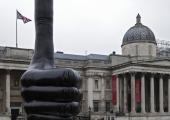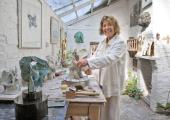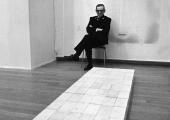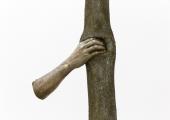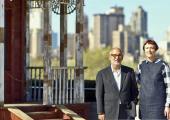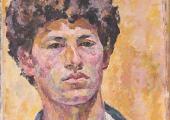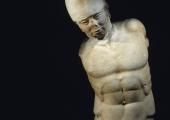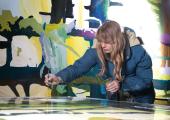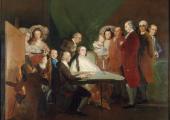Rodin and Dance: The Essence of Movement, Courtauld Gallery
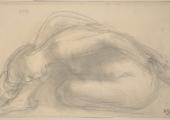
Inspiring show highlights experimental studies of the female form in motion
This is an inspired and beautifully curated exhibition. It is subtitled The Essence of Movement, but it could equally be called The Essence of Art. What marks it out is not only the sensitively selected and tightly focused content, but also its close exploration of Rodin’s artistic process.

